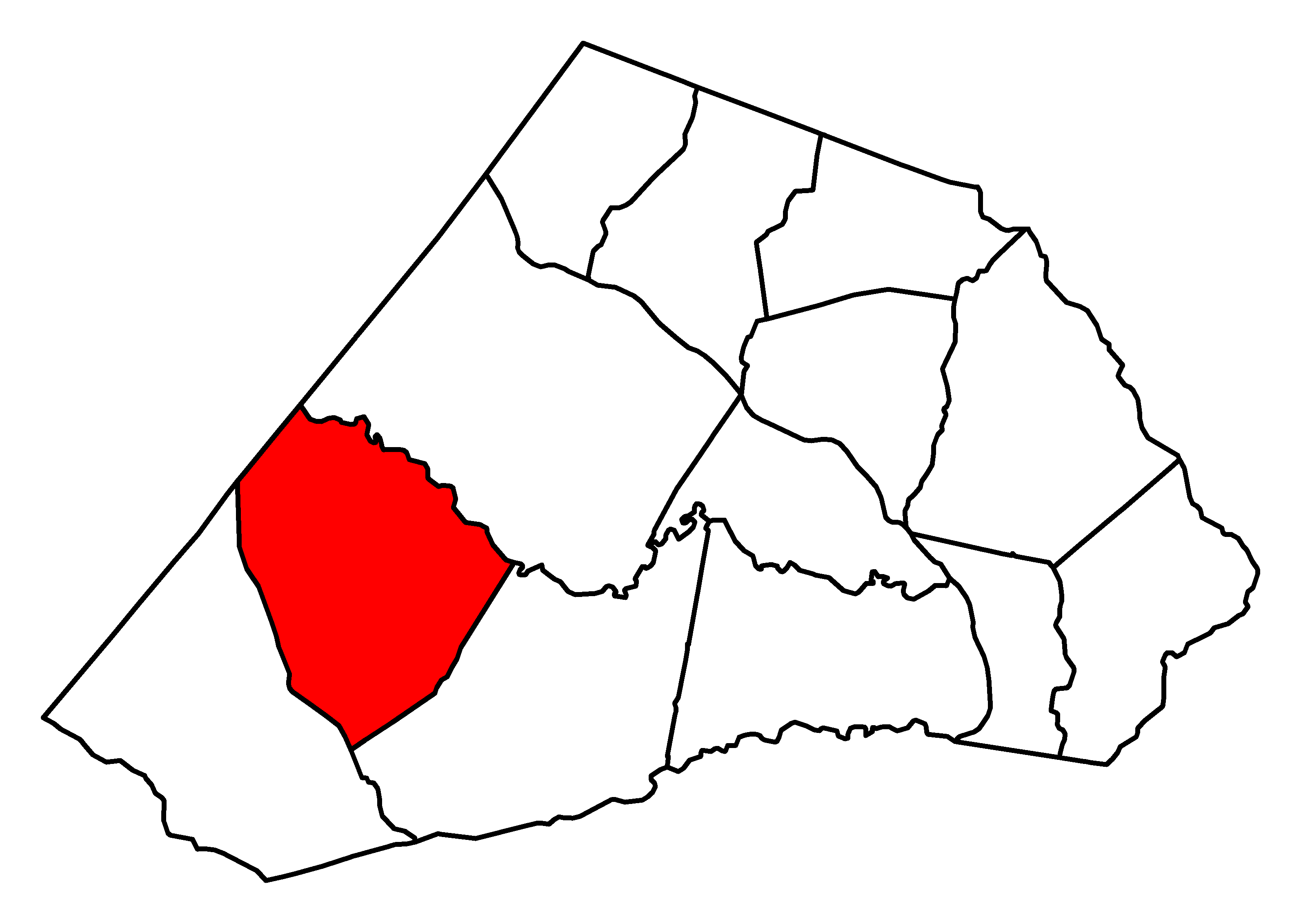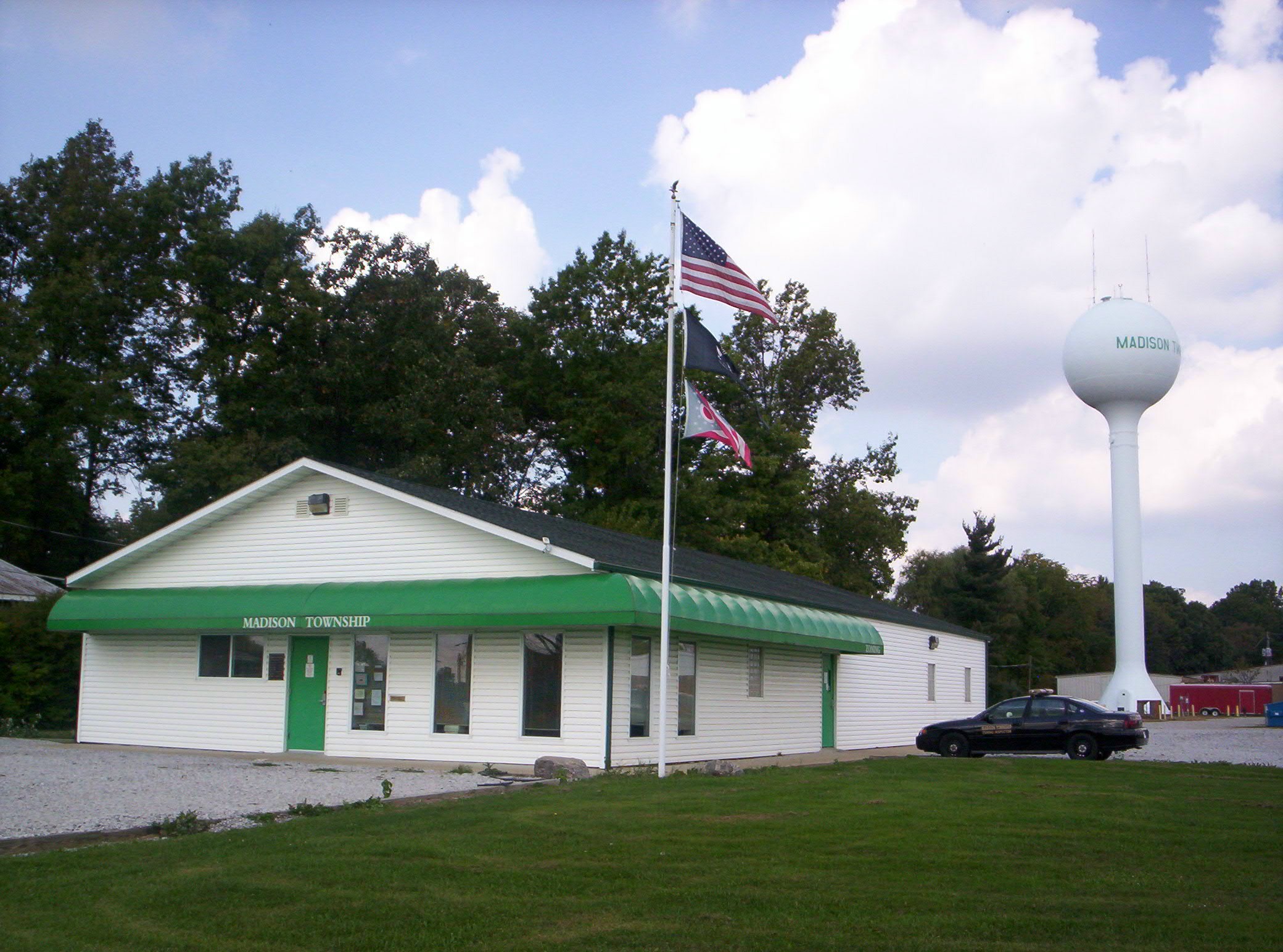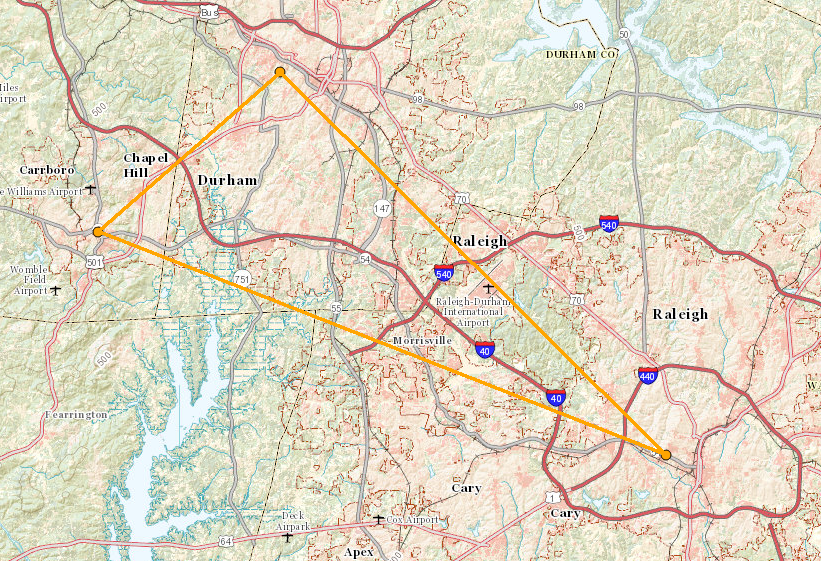|
Barbecue Township, Harnett County, North Carolina
Barbecue Township is one of thirteen townships in Harnett County, North Carolina, United States. In the 2010 census, it had a population of 17,033 in 6,330 households. It is a part of the Dunn Micropolitan Area, which is also a part of the greater Raleigh–Durham–Cary Combined Statistical Area (CSA) as defined by the United States Census Bureau. Geographically, Barbecue Township occupies in southwestern Harnett County. There are no incorporated municipalities located in Barbecue Township, however, there are several unincorporated communities located here, including the communities of Barbecue Barbecue or barbeque (informally BBQ in the UK, US, and Canada, barbie in Australia and braai in South Africa) is a term used with significant regional and national variations to describe various cooking methods that use live fire and smoke t ..., Olivia and Pineview. References Townships in Harnett County, North Carolina Townships in North Carolina {{Harn ... [...More Info...] [...Related Items...] OR: [Wikipedia] [Google] [Baidu] |
Civil Township
A civil township is a widely used unit of local government in the United States that is subordinate to a county, most often in the northern and midwestern parts of the country. The term town is used in New England, New York, and Wisconsin to refer to the equivalent of the civil township in these states; Minnesota uses "town" officially but often uses it and "township" interchangeably. Specific responsibilities and the degree of autonomy vary based on each state. Civil townships are distinct from survey townships, but in states that have both, the boundaries often coincide and may completely geographically subdivide a county. The U.S. Census Bureau classifies civil townships as minor civil divisions. Currently, there are 20 states with civil townships. Township functions are generally overseen by a governing board (the name varies from state to state) and a clerk, trustee, or mayor (in New Jersey and the metro townships of Utah). Township officers frequently include justice of ... [...More Info...] [...Related Items...] OR: [Wikipedia] [Google] [Baidu] |
Harnett County, North Carolina
Harnett County is a county located in the U.S. state of North Carolina. As of the 2020 census, the population was 133,568. Its county seat is Lillington; its largest city is Dunn. Harnett County is part of the Fayetteville Metropolitan Statistical Area. History Harnett County was formed in 1855 from land given by Cumberland County. It was named for American Revolutionary war soldier Cornelius Harnett, who was also a delegate to the Continental Congress. The first settlers came to the region in the mid-1720s, and were followed by Highland Scots immigrants. The Scots settled in the foothills, where land was more affordable, rather than in the rich alluvial soil area of the coastal plain. After the defeat by the British of Bonny Prince Charles at Culloden, Scots immigrants came up the Cape Fear River in ever increasing numbers and settled in western Harnett County. British immigrants had settled primarily along the banks of the Cape Fear River in the coastal area, generally ... [...More Info...] [...Related Items...] OR: [Wikipedia] [Google] [Baidu] |
2010 United States Census
The United States census of 2010 was the twenty-third United States national census. National Census Day, the reference day used for the census, was April 1, 2010. The census was taken via mail-in citizen self-reporting, with enumerators serving to spot-check randomly selected neighborhoods and communities. As part of a drive to increase the count's accuracy, 635,000 temporary enumerators were hired. The population of the United States was counted as 308,745,538, a 9.7% increase from the 2000 census. This was the first census in which all states recorded a population of over half a million people as well as the first in which all 100 largest cities recorded populations of over 200,000. Introduction As required by the United States Constitution, the U.S. census has been conducted every 10 years since 1790. The 2000 U.S. census was the previous census completed. Participation in the U.S. census is required by law of persons living in the United States in Title 13 of the United ... [...More Info...] [...Related Items...] OR: [Wikipedia] [Google] [Baidu] |
Dunn, North Carolina
Dunn is the largest city of Harnett County, North Carolina, United States. The population was 9,263 at the 2010 census, and an estimated 9,718 in 2018. It is the anchor city of the Dunn Micropolitan Area, population 114,678 (2010 census), which consists of Harnett County and is a part of the greater Raleigh–Durham–Cary Combined Statistical Area (CSA) as defined by the United States Census Bureau. History Originally called "Lucknow", what would become present-day Dunn was a sleepy hamlet compared to Averasborough, a much larger city on the Cape Fear River. After the Battle of Averasborough in 1865, most residents from Averasborough left for Lucknow, renamed "Dunn" in 1873. The city of Dunn was incorporated on February 12, 1887, at which time it was a logging town and a turpentine distilling center. The name honors Bennett Dunn, who supervised the construction of the railway line between Wilson and Fayetteville. The Dunn Commercial Historic District, Harnett County Tr ... [...More Info...] [...Related Items...] OR: [Wikipedia] [Google] [Baidu] |
Research Triangle
The Research Triangle, or simply The Triangle, are both common nicknames for a metropolitan area in the Piedmont region of North Carolina in the United States, anchored by the cities of Raleigh and Durham and the town of Chapel Hill, home to three major research universities: North Carolina State University, Duke University, and University of North Carolina at Chapel Hill, respectively. The nine-county region, officially named the Raleigh–Durham–Cary combined statistical area (CSA), comprises the Raleigh–Cary and Durham–Chapel Hill Metropolitan Statistical Areas and the Henderson Micropolitan Statistical Area. The "Triangle" name originated in the 1950s with the creation of Research Triangle Park, located between the three anchor cities and home to numerous high tech companies. A 2019 Census estimate put the population at 2,079,687, making it the second largest combined statistical area in the state of North Carolina behind Charlotte CSA. The Raleigh–Durham t ... [...More Info...] [...Related Items...] OR: [Wikipedia] [Google] [Baidu] |
Combined Statistical Area
Combined statistical area (CSA) is a United States Office of Management and Budget (OMB) term for a combination of adjacent metropolitan (MSA) and micropolitan statistical areas (µSA) across the 50 US states and the territory of Puerto Rico that can demonstrate economic or social linkage. CSAs were first designated in 2003. The OMB defines a CSA as consisting of various combinations of adjacent metropolitan and micropolitan areas with economic ties measured by commuting patterns. These areas that combine retain their own designations as metropolitan or micropolitan statistical areas within the larger combined statistical area. The primary distinguishing factor between a CSA and an MSA/µSA is that the social and economic ties between the individual MSAs/µSAs within a CSA are at lower levels than between the counties within an MSA. CSAs represent multiple metropolitan or micropolitan areas that have an employment interchange of at least 15%. CSAs often represent regions wi ... [...More Info...] [...Related Items...] OR: [Wikipedia] [Google] [Baidu] |
United States Census Bureau
The United States Census Bureau (USCB), officially the Bureau of the Census, is a principal agency of the U.S. Federal Statistical System, responsible for producing data about the American people and economy. The Census Bureau is part of the U.S. Department of Commerce and its director is appointed by the President of the United States. The Census Bureau's primary mission is conducting the U.S. census every ten years, which allocates the seats of the U.S. House of Representatives to the states based on their population. The bureau's various censuses and surveys help allocate over $675 billion in federal funds every year and it assists states, local communities, and businesses make informed decisions. The information provided by the census informs decisions on where to build and maintain schools, hospitals, transportation infrastructure, and police and fire departments. In addition to the decennial census, the Census Bureau continually conducts over 130 surveys and programs ... [...More Info...] [...Related Items...] OR: [Wikipedia] [Google] [Baidu] |
Barbecue, North Carolina
Barbecue is an unincorporated community located in the Barbecue Township of Harnett County, North Carolina, United States. It is a part of the Dunn Micropolitan Area, which is also a part of the greater Raleigh–Durham–Cary Combined Statistical Area (CSA) as defined by the United States Census Bureau. Etymology An early settler to the area named “Red” McNeill saw steam rising from a nearby creek. It reminded him of the meat-cooking pits he had seen in the Caribbean, and he named the creek Barbecue Creek. The name became official in the early 1750s, as Scottish Gaelic-speaking settlers began migrating into the area. History An early minister of the Barbecue Presbyterian Church was Rev. Iain Beutan ( John Bethune), a native of Glenelg and ancestor of actor Christopher Plummer, who, around 1773, famously persuaded the poet Iain mac Mhurchaidh, a major figure in Scottish Gaelic literature, to emigrate from Kintail to the Colony of North Carolina. As in other Gaelic-s ... [...More Info...] [...Related Items...] OR: [Wikipedia] [Google] [Baidu] |
Olivia, North Carolina
Olivia is an unincorporated community centered in the Barbecue Township of Harnett County, North Carolina, United States, but also covering parts of Anderson Creek Township near the Lee County line. It is a part of the Dunn Micropolitan Area, which is also a part of the greater Raleigh–Durham–Cary Combined Statistical Area (CSA) as defined by the United States Census Bureau. History Olivia was originally named "Rock Branch" and was founded circa 1865 but the name was changed in 1913 to honor W.J. Olive, who introduced Flue-cured tobacco to the community . Demographics Olivia's Zip Code Tabulation Area (Zip Code 28368) has a population of about 443 as of the 2000 census. The population is 50.6% male and 49.4% female. About 83.1% of the population is white, 11.1% African-American, 5.8% Hispanic, 0.9% Asian, and 2.8% of other races. 1.8% of people are two or more races and there are no American Indians. The median household income is $20,500 with 31.3% of the populat ... [...More Info...] [...Related Items...] OR: [Wikipedia] [Google] [Baidu] |
Pineview, North Carolina
Pineview is an unincorporated community located in the Barbecue Township of Harnett County Harnett County is a county located in the U.S. state of North Carolina. As of the 2020 census, the population was 133,568. Its county seat is Lillington; its largest city is Dunn. Harnett County is part of the Fayetteville Metropolitan Stati ..., North Carolina, United States. It is a part of the Dunn Micropolitan Area, which is also a part of the greater Raleigh–Durham–Cary Combined Statistical Area (CSA) as defined by the United States Census Bureau. The community is centered on the intersection of North Carolina Highway 87 and North Carolina Highway 27. Pineview was formerly a great producer of dewberries . References Unincorporated communities in Harnett County, North Carolina Unincorporated communities in North Carolina {{HarnettCountyNC-geo-stub ... [...More Info...] [...Related Items...] OR: [Wikipedia] [Google] [Baidu] |
Townships In Harnett County, North Carolina
A township is a kind of human settlement or administrative subdivision, with its meaning varying in different countries. Although the term is occasionally associated with an urban area, that tends to be an exception to the rule. In Australia, Canada, Scotland and parts of the United States, the term refers to settlements too small or scattered to be considered urban. Australia ''The Australian National Dictionary'' defines ''township'' as: "A site reserved for and laid out as a town; such a site at an early stage of its occupation and development; a small town". The term refers purely to the settlement; it does not refer to a unit of government. Townships are governed as part of a larger council (such as that of a shire, district or city) or authority. Canada In Canada, two kinds of township occur in common use. *In Eastern Canada, a township is one form of the subdivision of a county. In Canadian French, this is a . Townships are referred to as "lots" in Prince Edward ... [...More Info...] [...Related Items...] OR: [Wikipedia] [Google] [Baidu] |




.jpg)